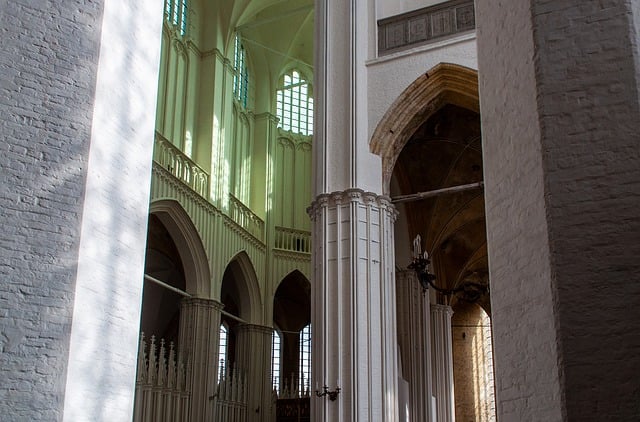Exploring the Art of Landscape Architecture
Landscape architecture is more than just the arrangement of plants and pathways; it’s a form of art deeply intertwined with nature, culture, and the human experience. This profession melds creativity with technical skill, breathing life into outdoor spaces and shaping the environments where we live, work, and play. In every garden, park, or urban plaza, landscape architects strive to create harmonious relationships between people and their surroundings.
At its core, landscape architecture seeks to enhance the aesthetic and ecological value of a space while providing functional solutions. Imagine walking through a vibrant park, where the carefully chosen colors and textures of plants create a vivid tapestry against the backdrop of the sky. The sound of water trickling from a fountain, the shade cast by towering trees, and the inviting pathways guide you through a peaceful retreat from the hustle of daily life. This is the essence of landscape architecture—a thoughtful design that nurtures both the environment and human well-being.
Landscape architects often draw inspiration from the natural landscape around them, studying local flora and fauna to create spaces that are not only beautiful but ecologically sustainable. This commitment to sustainability is integral to modern landscape architecture, as professionals aim to utilize native materials, conserve resources, and support biodiversity. By doing so, they contribute to creating resilient ecosystems that can thrive in harmony with urban development.
The influence of landscape architecture is also evident in urban settings, where the need for green spaces becomes ever more critical. Urban parks, green roofs, and community gardens serve as oases amid concrete jungles, offering respite from the fast pace of city life. These designs foster community engagement, encouraging people to gather, socialize, and connect with nature—inviting a sense of peace and joy in otherwise hectic surroundings.
Moreover, landscape architecture plays a pivotal role in cultural expression. Public plazas, memorials, and historical gardens tell stories of a community’s identity, celebrating its heritage while inviting new generations to enjoy and learn from these spaces. Through their designs, landscape architects preserve cultural narratives, making them accessible and engaging for all.
In exploring landscape architecture, it becomes clear that this field requires a delicate balance between artistry and science. The interplay of colors, materials, and natural elements results in immersive experiences that resonate with individuals on a personal level. Whether you’re meandering through a botanical garden or relaxing in a park, the work of landscape architects shapes your experiences and memories, forging an emotional connection with the environment around you.
As we look towards the future, the field of landscape architecture will undoubtedly evolve in response to the changing needs of our societies and the challenges posed by climate change. The integration of innovative technologies and sustainable practices will continue to push the boundaries of what is possible, ensuring that landscapes remain not only beautiful but also resilient and restorative.




